HOW TO OFFER BIRD-NESTING MATERIALS IN YOUR GARDEN
Spring is here, and birds around the world—and in your backyard—are turning into construction crews. It’s nesting time!
Many songbirds are master builders, putting together intricately made weavings of twig and leaf, stem and fluff, hair and moss. Some nests, like the Baltimore oriole’s, will hang from a tree branch like a small tote bag. Others, like the robin’s, are cups bristling with twigs painstakingly collected one or a few at a time. Even if you provide birdhouses in your garden, the birds that occupy them will build nests in them.
So, what can you do about it? Well, you can provide nesting material of a wide variety of types that appeal to a wide variety birds. Continue reading “March Tip of the Month”
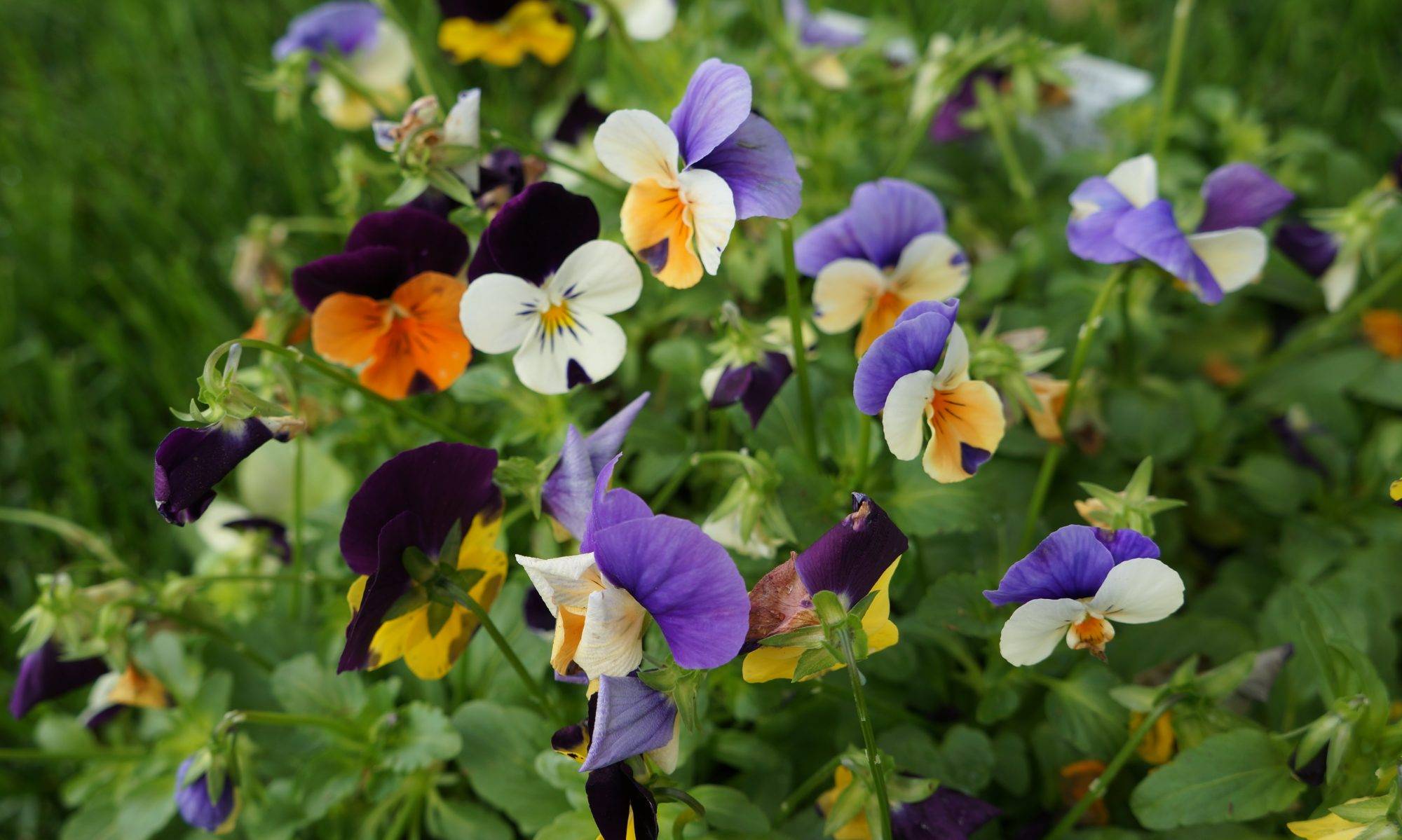
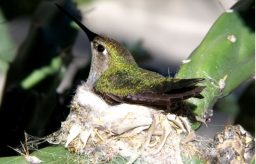
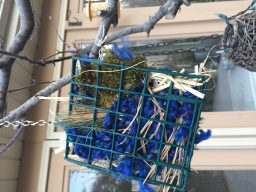
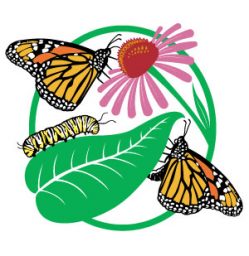
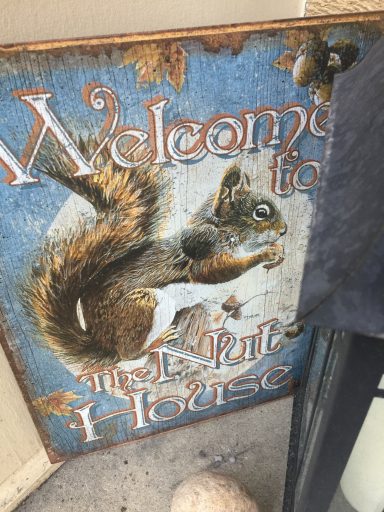
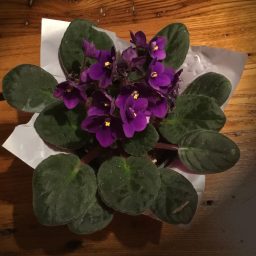
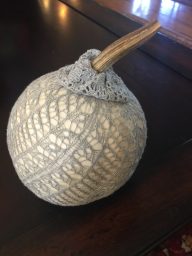
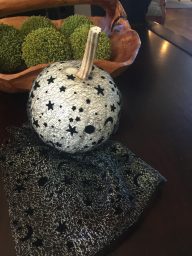
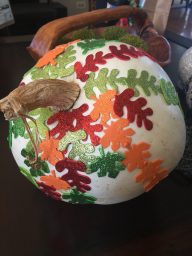
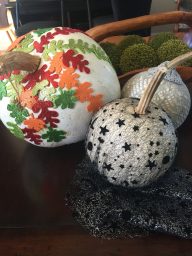
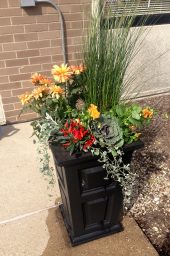
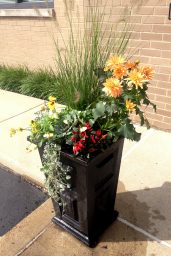
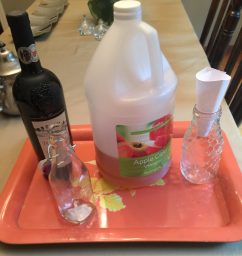 What is 3-4 mm in length, has red eyes, tan thorax, black abdomen, goes from egg to adulthood in 8-10 days and reproduces at a ridiculously fast rate, with females laying up to 500 eggs! If you guessed Fruit Fly-you are correct! Fruit flies are common house flies that get their name because of their strong attraction to ripening or rotting fruit, which serves as a food source as well as a place to lay their eggs. Fruit flies became the bane of our existence this summer when, unbeknownst to us, we had brought in the little buggers (we think on some flowers) and then left for a long weekend only to come home to a full blown fruit fly infestation!
What is 3-4 mm in length, has red eyes, tan thorax, black abdomen, goes from egg to adulthood in 8-10 days and reproduces at a ridiculously fast rate, with females laying up to 500 eggs! If you guessed Fruit Fly-you are correct! Fruit flies are common house flies that get their name because of their strong attraction to ripening or rotting fruit, which serves as a food source as well as a place to lay their eggs. Fruit flies became the bane of our existence this summer when, unbeknownst to us, we had brought in the little buggers (we think on some flowers) and then left for a long weekend only to come home to a full blown fruit fly infestation!